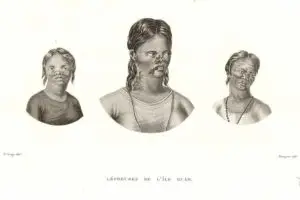
Lytico-Bodig on Guam
Long studied, now disappearing disease. Lytico-bodig is the local name for a complex of neurological diseases (or diseases that affect the nervous system) on Guam

Long studied, now disappearing disease. Lytico-bodig is the local name for a complex of neurological diseases (or diseases that affect the nervous system) on Guam
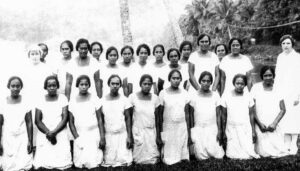
Maria Anderson Roberto, born in 1880, was a CHamoru woman who had been employed as a chaperone for the Native Nurses program in Guam from
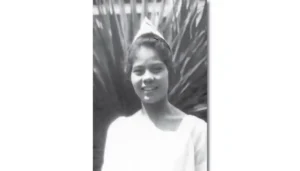
Amanda Pangelinan Guzman Shelton (1906-1982) was one of a handful of native Chamorro nurses who worked at the Naval Hospital in Hagåtña in the early
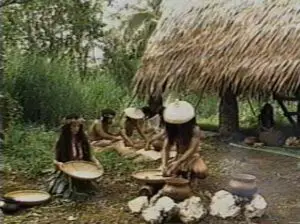
Cultural aspects of food. Humans require food in order to survive. People get their food from the natural environment through practices of food collection, farming,
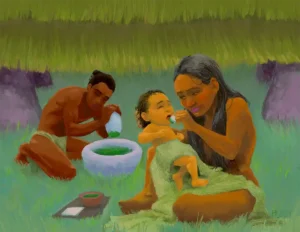
Health and wellness. Because of the biological nature of our bodies, people get sick, and people die. Illness and death are a part of life.
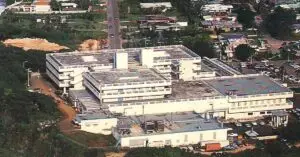
Located in Oka, Tamuning, Guam Memorial Hospital is Guam’s only public hospital, with a licensed bed capacity of 158 acute care beds, plus forty licensed
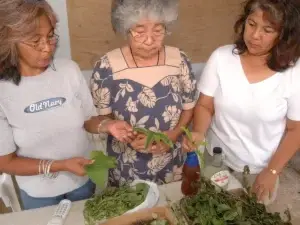
These recipes for traditional Chamorro medicine are written in the Chamorro language. Non-Chamorro readers are invited to translate the recipes by using the Hale’ta: CHamoru

An important part of Guam’s Spanish-era history is the dramatic decline of the CHamoru population, particularly in the context of the Father Diego Luís de
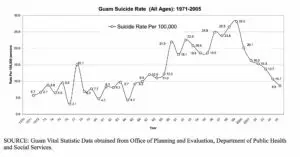
The historical record of suicide on Guam extends back to the mid-19th century. Father Aniceto Ibáñez del Carmen in his Chronicle of the Mariana Islands
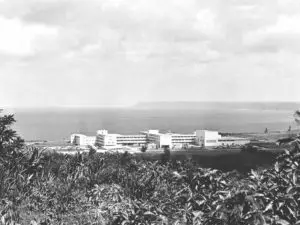
In 1962 the Naval Hospital provided the services of a typical community hospital to active duty members, retirees, and their dependents, and veterans at its